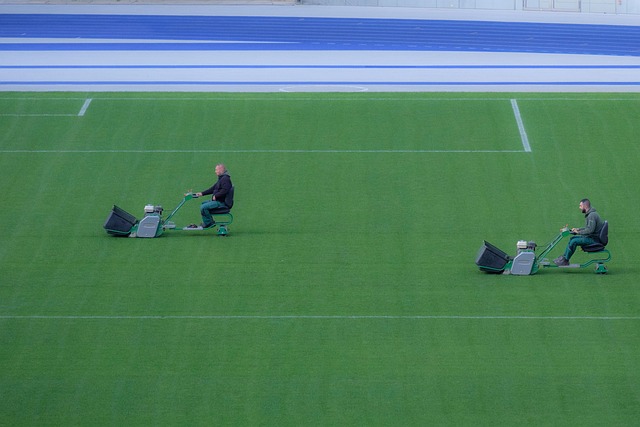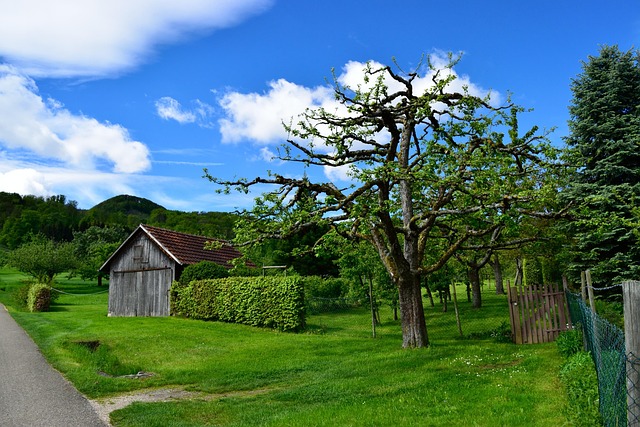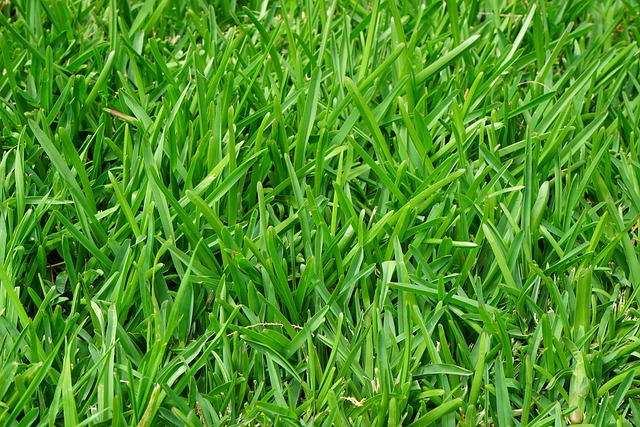In Colorado Springs, identifying lawn fungus early – through spotting discolored grass or irregular spots – is vital for year-round lawn health. Common types include dollar spot, brown patch, and patchy needle cast. Accurate diagnosis allows targeted treatment options to restore lawn vibrancy. Effective lawn care involves understanding seasonal growth patterns, preventing overgrowth, establishing strong root systems, and promptly identifying issues like fungus. Strategic management, regular monitoring, year-round fertilization, and efficient watering support grass health, ensuring lawns remain robust and vibrant throughout the year.
In Colorado Springs, understanding seasonal growth patterns is crucial for managing lawn health. This article guides you through recognizing common types of lawn fungus that thrive in our climate, providing insights into their impact on grass and offering effective management strategies. Learn how to identify these issues early, as prompt action ensures a vibrant, healthy lawn year-round. Discover practical tips tailored to the unique challenges faced by Colorado Springs residents in maintaining lush greenery.
- Recognizing Lawn Fungus: Common Types in Colorado Springs
- Seasonal Growth Patterns and Their Impact on Grass Health
- Effective Management Strategies for Healthy Lawns Year-Round
Recognizing Lawn Fungus: Common Types in Colorado Springs

In Colorado Springs, recognizing lawn fungus is crucial for effective seasonal growth management. Homeowners often notice patches of discolored grass, irregular spots, or thinning vegetation as early signs. By identifying these symptoms, you can take proactive measures to prevent further damage and promote healthy grass growth throughout the year.
Common types of lawn fungi in Colorado Springs include dollar spot, brown patch, and patchy needle cast. Dollar spot appears as circular patches of dead grass with a grayish-brown color, often occurring during warm, humid summers. Brown patch, usually seen in hot and dry conditions, creates large, brown patches that can spread quickly across the lawn. Patchy needle cast affects evergreen trees and shrubs, leading to browning and shedding of needles, most noticeable in autumn and winter. Proper diagnosis is key; identifying the specific fungus allows for targeted treatment options to restore your lawn’s health.
Seasonal Growth Patterns and Their Impact on Grass Health

Lawn plants, much like other organisms, exhibit distinct seasonal growth patterns that heavily influence their overall health. In Colorado Springs, where climate variations significantly impact outdoor environments, understanding these patterns is crucial for effective lawn care. During spring, grass emerges from dormancy, showcasing robust growth as temperatures warm up and rainfall increases. This period requires careful attention to prevent overgrowth and ensure proper nourishment to establish a strong root system.
As summer sets in, lawn plants enter their peak growing season. In Colorado Springs’ sunny climate, this often leads to intense grass growth, but it also makes the turf more susceptible to stress and diseases, such as lawn fungus. Identifying these issues early is essential for maintaining turf health. Proper watering practices, regular mowing, and application of suitable fertilizers are key strategies to support grass during this vibrant yet challenging season.
Effective Management Strategies for Healthy Lawns Year-Round

Maintaining a lush, healthy lawn year-round requires strategic management and proactive care. One of the first steps in effective lawn care is identifying potential issues early on. In Colorado Springs, where varying seasonal conditions can impact grass health, recognizing signs of distress or disease is crucial. For instance, spotting lawn fungus, common in our region’s climate, allows for timely treatment to prevent widespread damage.
Regular monitoring and year-round fertilization are key strategies. Spring and fall are critical periods for feeding lawns to support growth and recovery. Additionally, proper watering techniques, including efficient irrigation systems, ensure grass remains hydrated without promoting fungal growth. By combining these management practices, homeowners can foster a robust lawn capable of withstanding seasonal transitions while maintaining its vibrant appearance.
Understanding seasonal growth patterns and implementing effective management strategies are key to maintaining a healthy lawn year-round in Colorado Springs. By recognizing common lawn fungi and their impact, you can proactively address issues before they escalate. With the right care, your lawn can thrive, showcasing vibrant green growth throughout all seasons. Remember, identifying and managing lawn fungus early is essential for a lush and resilient outdoor space.
